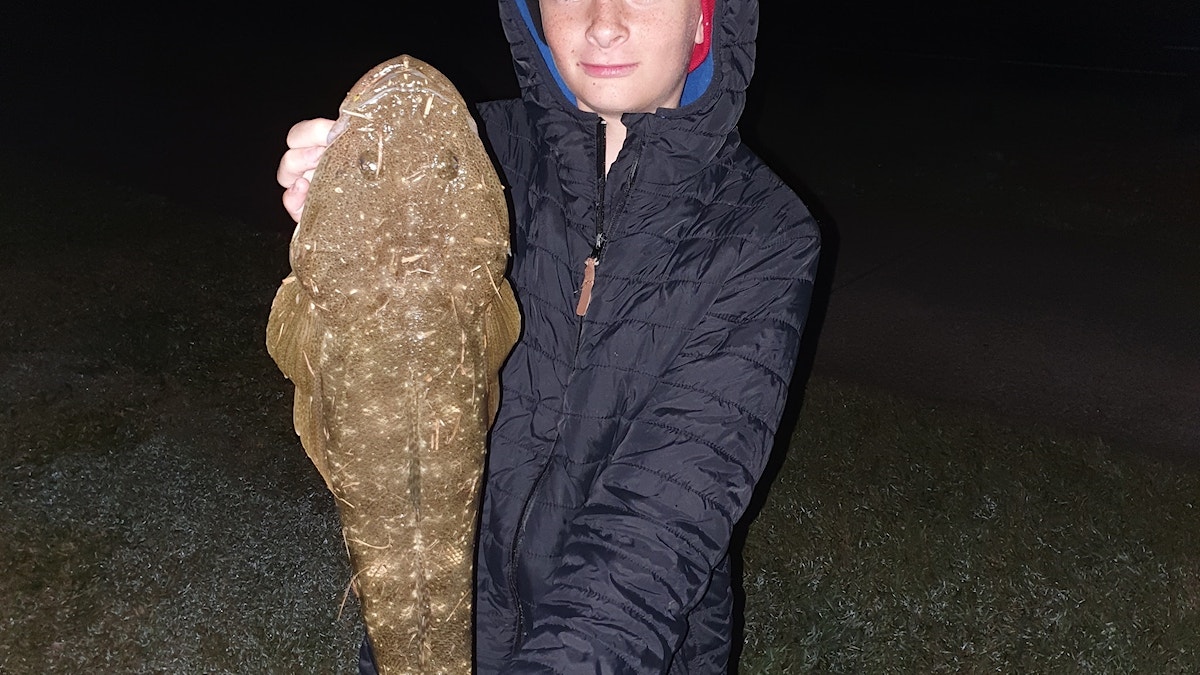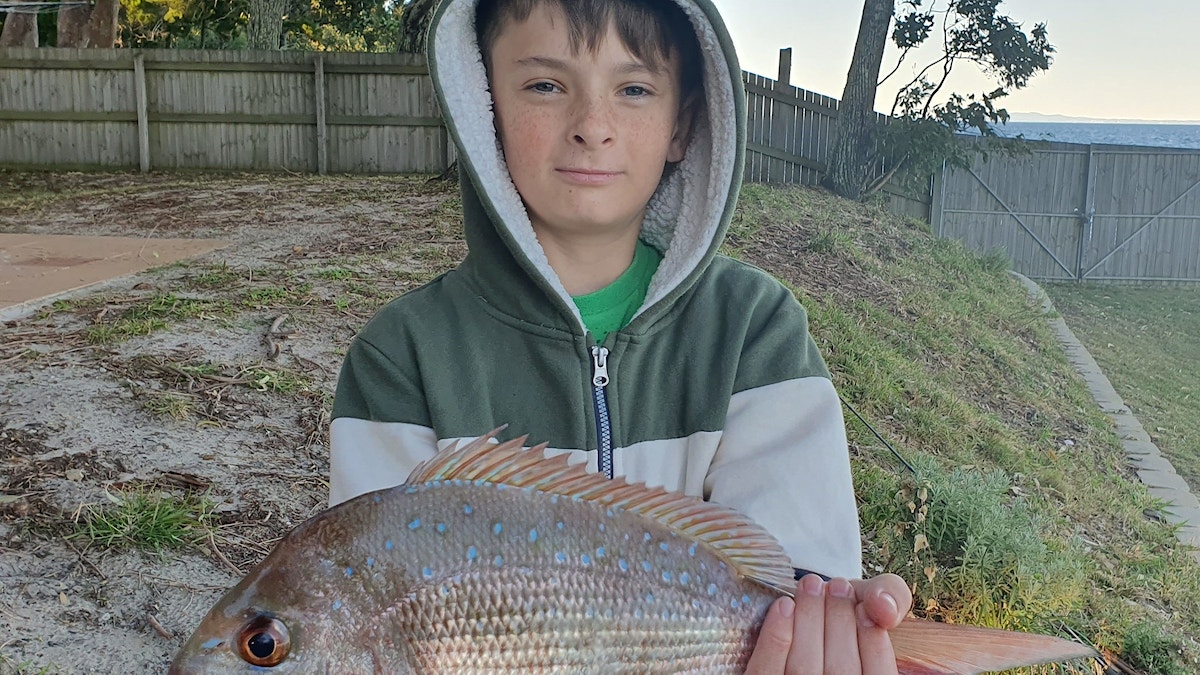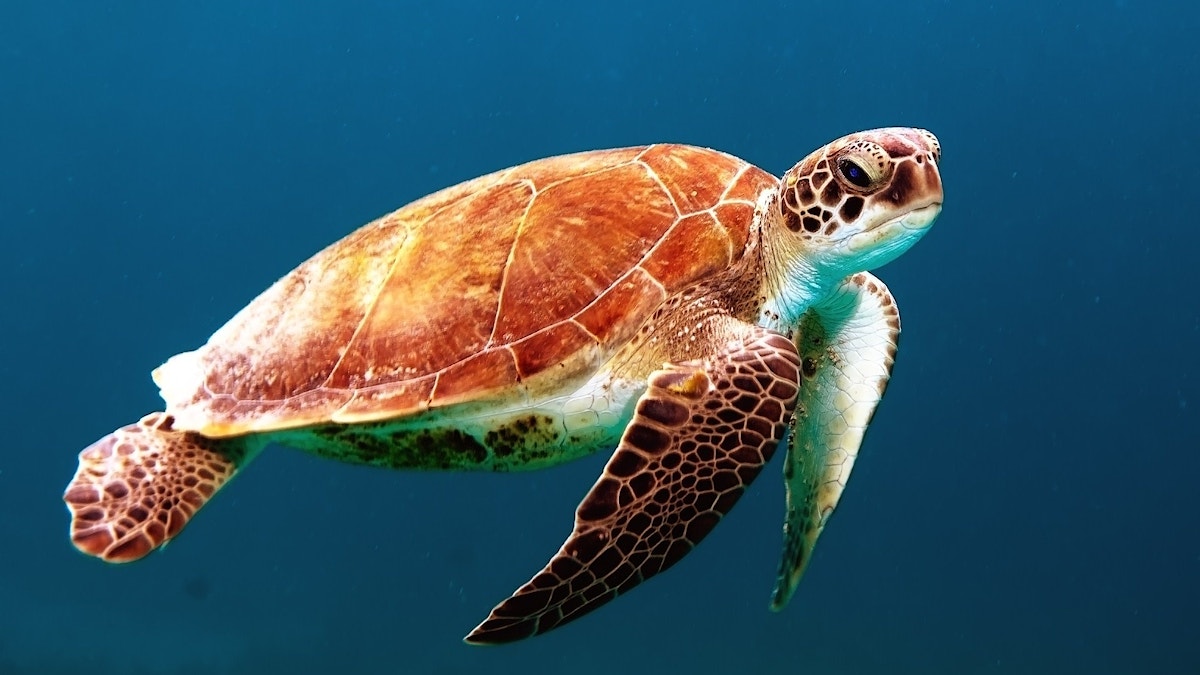
Dr Dazza: Let’s talk about sea snakes
Published 5:00am 24 July 2022

 Words by Kylie Knight
Words by Kylie Knight
There are more than 60 species of sea snakes worldwide, with at least 30 species recorded in Australia.
There are two main groups of sea snakes. The more primitive group are called the sea kraits and these are semi-aquatic reptiles, which still need to come ashore to lay eggs, digest prey and shed their skin.
The “true” sea snakes are fully marine and they give birth to live young in the ocean. Sea snakes can dive to depths of at least 80m but need to surface regularly to breathe with the period between breaths typically being 30 minutes to two hours.
Sea snakes have a range of adaptations to a fully aquatic life and true sea snake species are unable to move well on land. The most easily noticeable adaptation is the large paddle-like tail which they use to propel themselves eel-like through the water. Other adaptations include nostrils on the top of the head to facilitate breathing at the sea surface, salt glands under their tongue which allow them to excrete salt, and vision that is better adapted to the aquatic environment.
Sea snakes shed their skin more regularly than terrestrial snakes which prevents the build-up of fouling organisms like algae and barnacles. As well as breathing at the surface, sea snakes can also absorb some oxygen from the seawater through their skin.
Most species are venomous, but they rarely release venom when they bite. However, first aid should be sought when a bite does occur because it is not immediately obvious if venom has been injected. Sea snake venom can cause muscle damage and paralysis. Fatalities from envenomation are known but are extremely rare.
The last recorded fatality in Australia from a sea snake was a trawlerman in 2018 with the species responsible for the bite being the banded sea krait. Sea snake anti-venom exists, but bites can occur in remote locations where distance to medical facilities may be prohibitive.

Snakes in Moreton Bay
Most sea snakes prefer tropical waters, but at least 11 species are recorded in Moreton Bay and the waters directly offshore. Sea snakes can be encountered stranded on beaches, caught by prawn trawlers, and occasionally seen basking on the sea surface. Sea snake capture by recreational anglers is extremely rare, but not unheard of.
There are three species that I have observed more than once in Moreton Bay.
The elegant sea snake has a series of broad black bands and is found in coastal areas and estuaries. If you see a sea snake in a place like the Pine River, Hay’s Inlet or the Caboolture River, it is most probably this species. It has been recorded from freshwater. It feeds on a variety of bottom-living fish including catfish, whiting and eels. The geographic range of the elegant sea snake extends into northern NSW. A female elegant sea snake on average gives birth to 12 young, but they can produce up to 30 young.
The olive sea snake is generally associated with reef habitat and is the most encountered sea snake on the coral reefs of eastern Australia. It is a heavy-bodied sea snake with their colour ranging from golden to a dark brown. They feed on a range of bottom-living fish, prawns and crabs. They can forage by poking their heads into reef crevices and rarely feed in open water. A female olive sea snake on average give birth to six young, but up to 11 young may be produced.
The yellow-bellied sea snake is highly distinctive with its bright yellow belly. It is a pelagic species and can be seen in the offshore waters of South East Queensland. They hunt by floating on the surface to attract pelagic fish which they pounce on when they appear. This species is unusual for a sea snake because it can swim backwards. A female yellow bellied sea snake gives birth to between two and six young.
So, keep an eye out for our sea snake friends, but avoid touching them or harassing them. If you do get bitten, seek medical attention.
More from Dr Dazza

FLATHEAD are always a popular target for recreational fishers. Flathead belong to the family Platycephalidae and there are approximately 80 species known worldwide and well over half of these are known from Australia.

Snapper are one of the most iconic and best known Australian fish species. They are a member of the sparid family of fish which includes yellowfin bream and tarwhine.
Related Stories
Top Stories

Vote for Moreton Bay Art Prize people’s choice award
There’s still time to vote for your favourite piece in this year’s Moreton Bay Art Prize exhibition.


Popular Stories

'Priority' given for Waraba plans
Waraba, formerly known as Caboolture West, will be the 36th Priority Development Area in Queensland, unlocking land for 30,000 new homes and an estimated 70,000 new residents.

Trai Fuller: ‘It’s always felt like home’
Praised by Wayne Bennett for his courageous style of play and loved by long-time Dolphins fans, Trai Fuller has locked in a two-year deal with the club he calls home. He tells us why it means so much to him

4 Ingredients author to share her favourite recipes
Best-selling author behind the hugely successful 4 Ingredients cookbooks, Kim McCosker, will share three of her favourite recipes when she takes to the stage at this year’s Moreton Bay Food + Wine Festival. Find out what she plans to make here














